
On the Land Where Ancestors Lived: The Continuous Inheritance of Rural Memory Symbols
The renowned art critic Susan Sontag once pointed out: "The essence of photography lies in preservation; it anchors something." On the familiar land of my great-grandfather, even though both he and my grandfather have passed away, whenever this place is mentioned, my father always affectionately refers to himself as a child of this land. Since I picked up the camera, I have recorded the changes in this homeland several times. This time, I chose to express my deep emotions for this land in black and white images.
In 2017, this land underwent significant changes: fruit trees disappeared due to farmland renovation projects, hillsides were leveled, and cultivation became impossible. The old houses were vacant, vegetable plots lay barren, and the village's broadcasts became clearer, while the kitchen smoke grew increasingly sparse. Through black and white images, I have frozen these disappearing traces of primitive life, which are not only a memorial to my father but also convey information to me and my descendants. Scenes that were deeply memorable to our ancestors have now become eternal memories.
In this series of black and white images, I deliberately avoided depicting figures. This uninhabited environment, like the evaluation by Japanese photography theorist Shinichi Takemura of Eugene Atget's "Paris Street," is akin to a "crime scene," devoid of people, bringing viewers a premonition of distancing from death. Inspired by this, my camera began to capture the states that were about to disappear and the forgotten objects, which eventually transformed into images, becoming symbols of the rural landscape.
In fact, the material disappearance of these objects has not yet truly arrived. Although the living conditions of farmers have improved, they have also lost the foundation on which they depended for survival. When all objects become unusually clear in the viewfinder, their sense of reality becomes blurred - lines, contours, and forms become uncertain. These black and white, coarse-grained, high-contrast images do not deliberately highlight any one thing but present all things with distinct contours and their associated backgrounds. Although the images are real, their excessive realism makes them almost fictional.
The rural landscapes that have long disappeared are like yesterday's dreams. On the land where our ancestors once lived, the new generation of young people carries new dreams. Although my parents reluctantly bid farewell to the rural memories of the past, perhaps through my images, that simple memory can persist in their spiritual world.



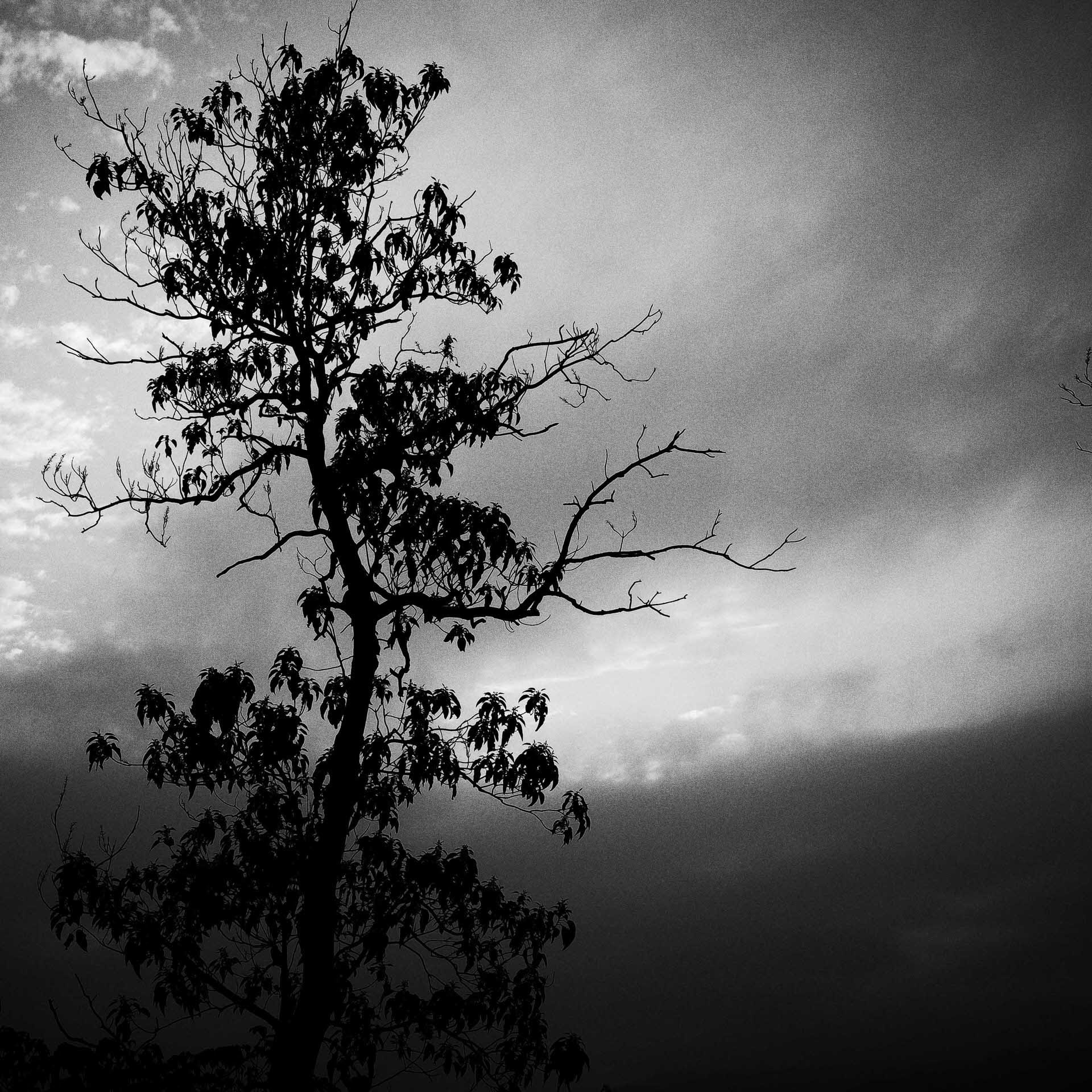



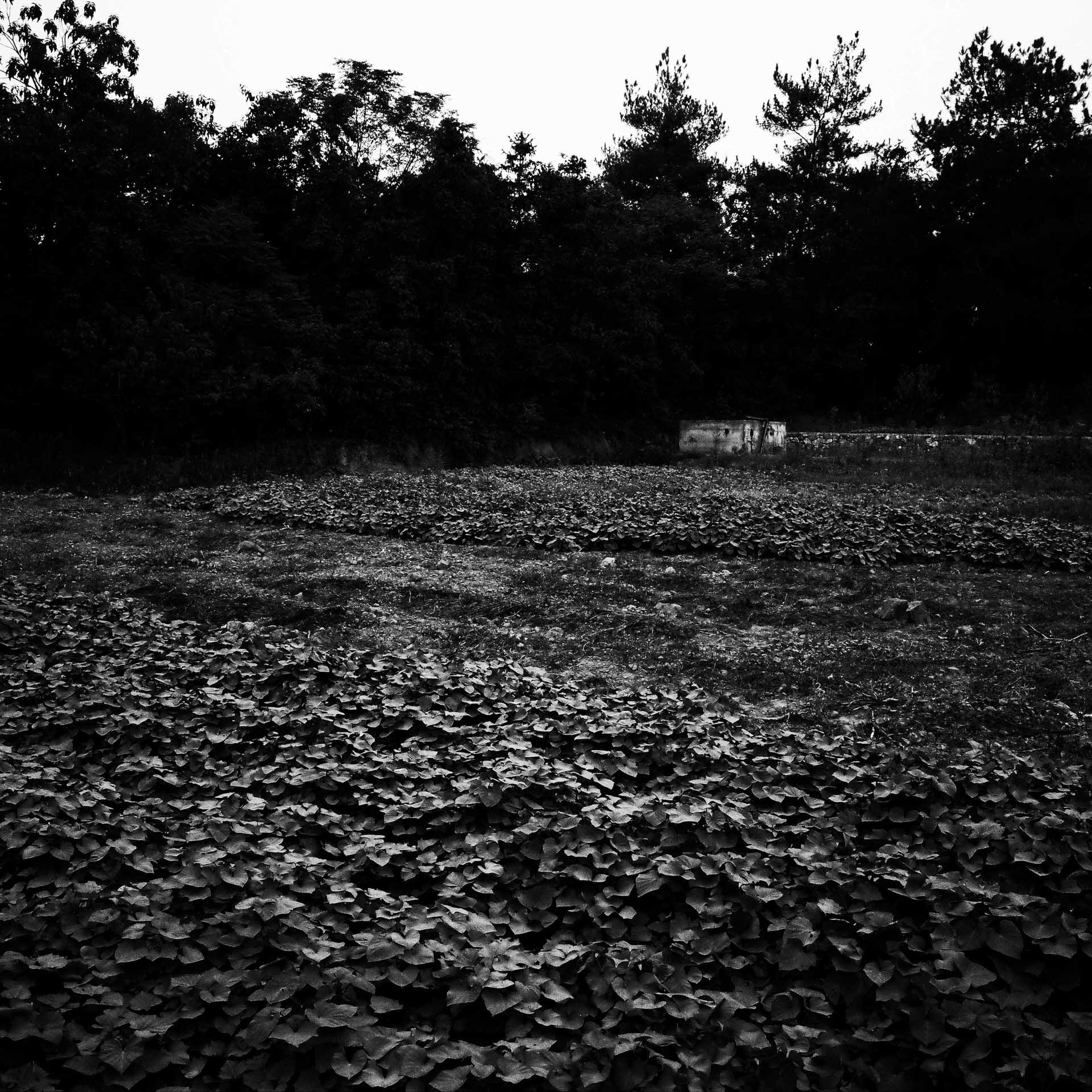



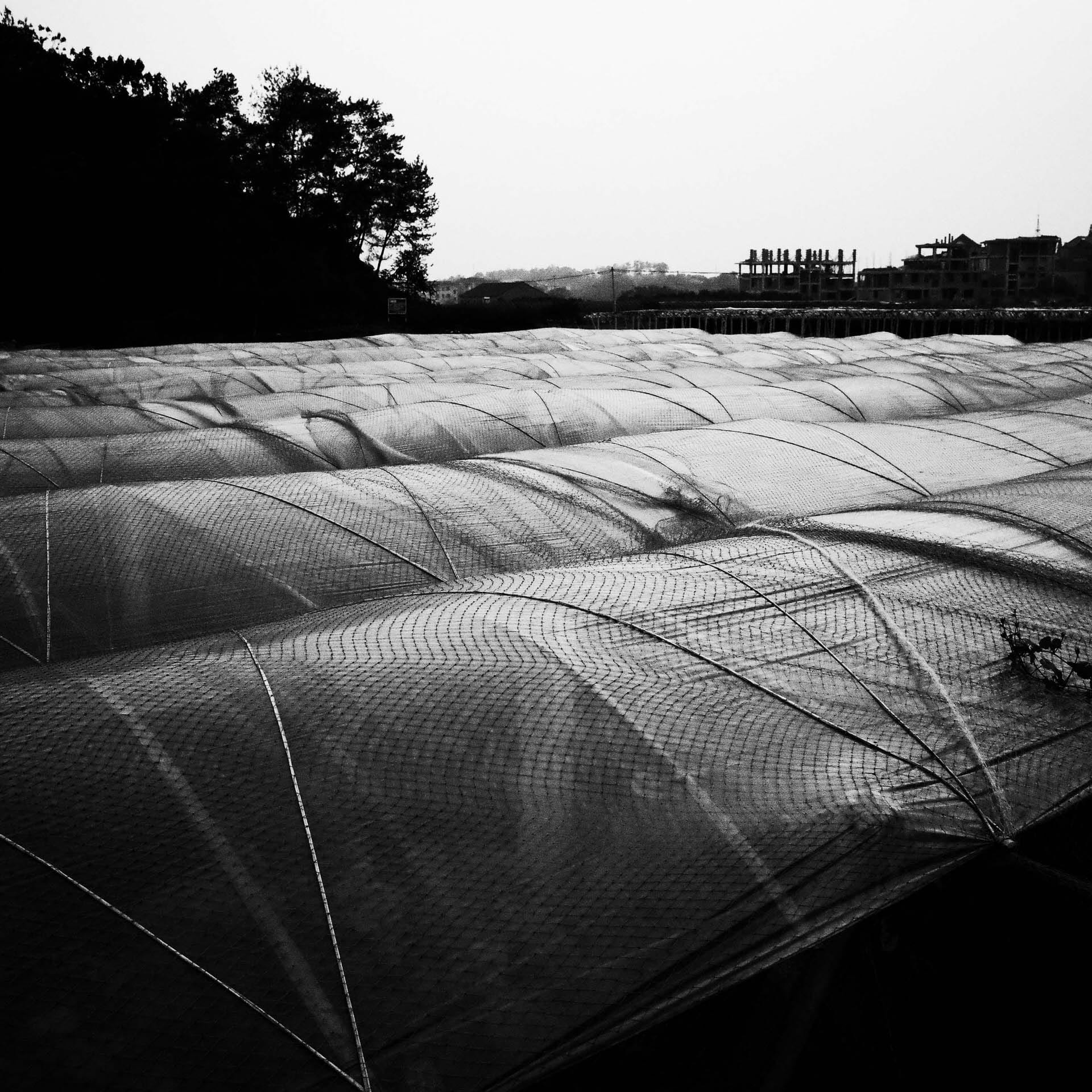



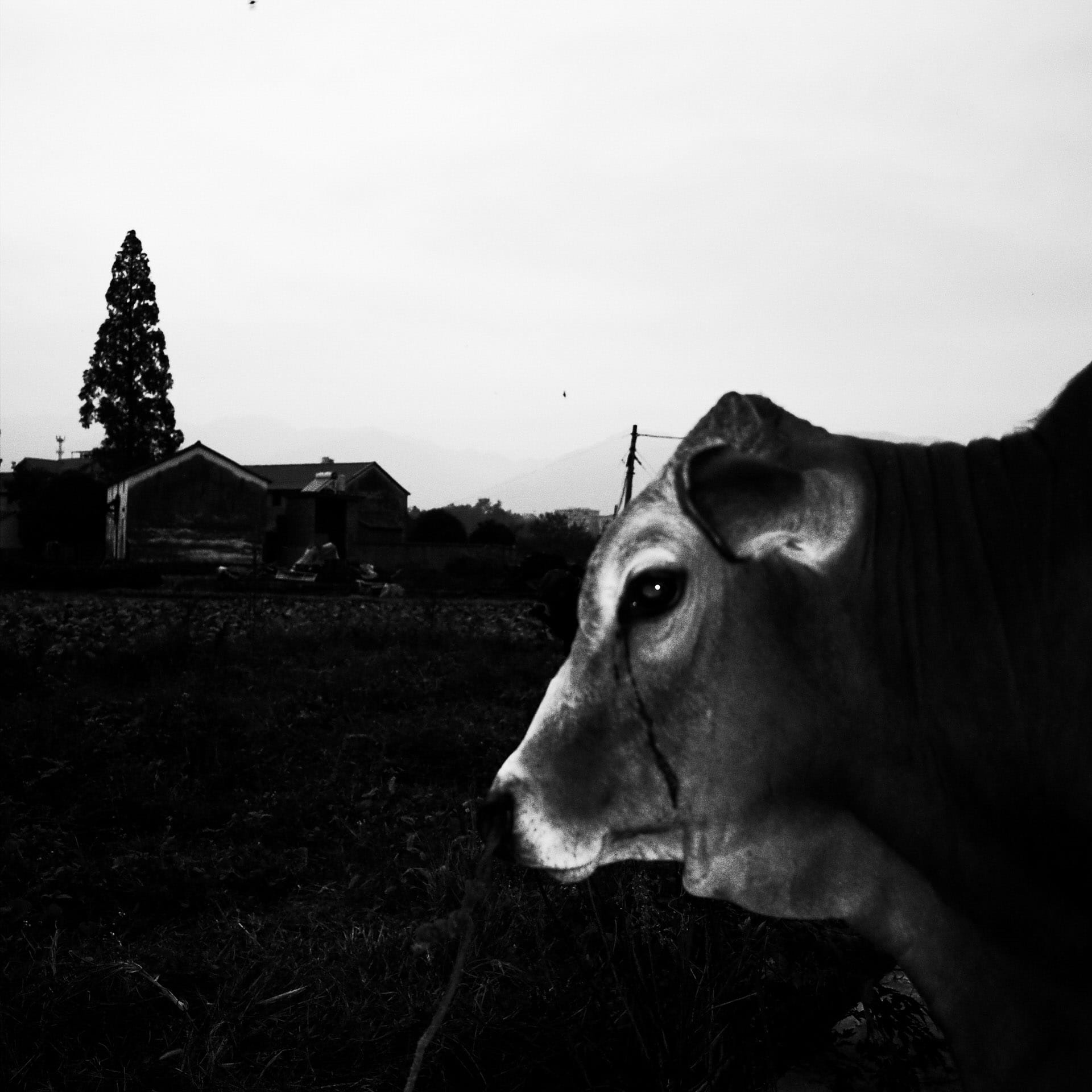
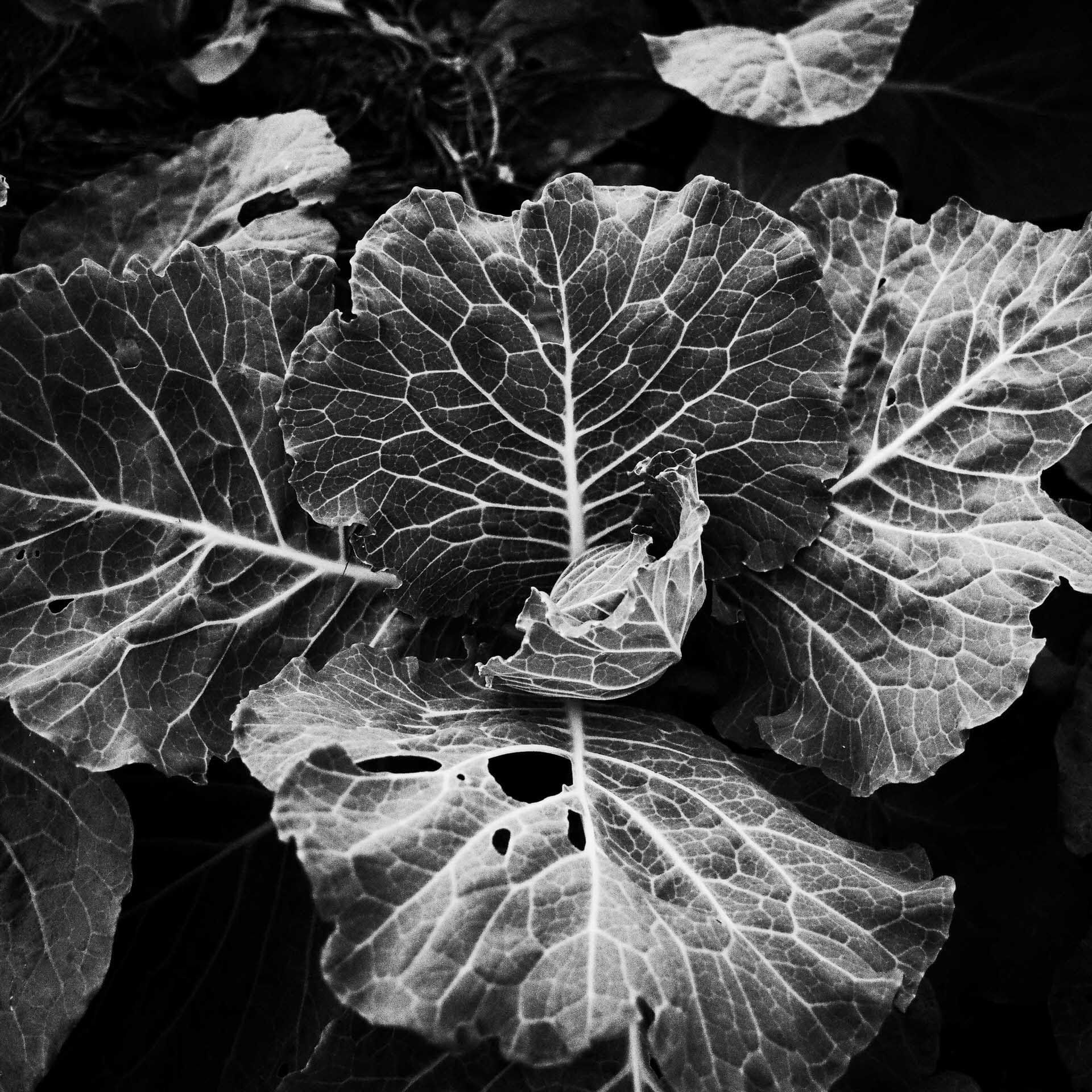
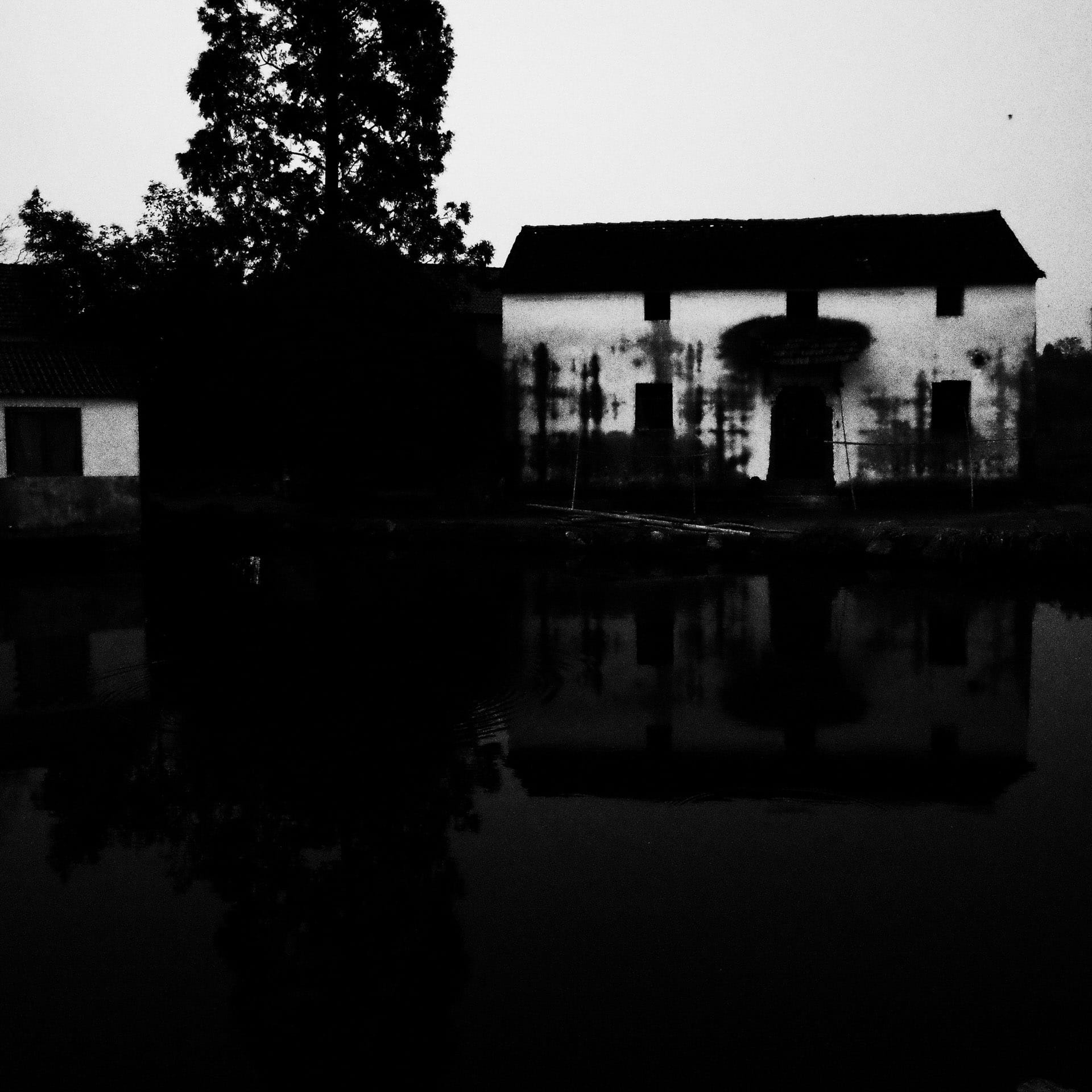

Zhang Ruohao Biography
Zhang Ruohao, a native of Ningbo, Zhejiang, is a journalist. In 2020, he was selected as a young literary and artistic talent in Ningbo's "Spring Bud Plan." He is currently pursuing a master's degree in art at Ningbo University.
